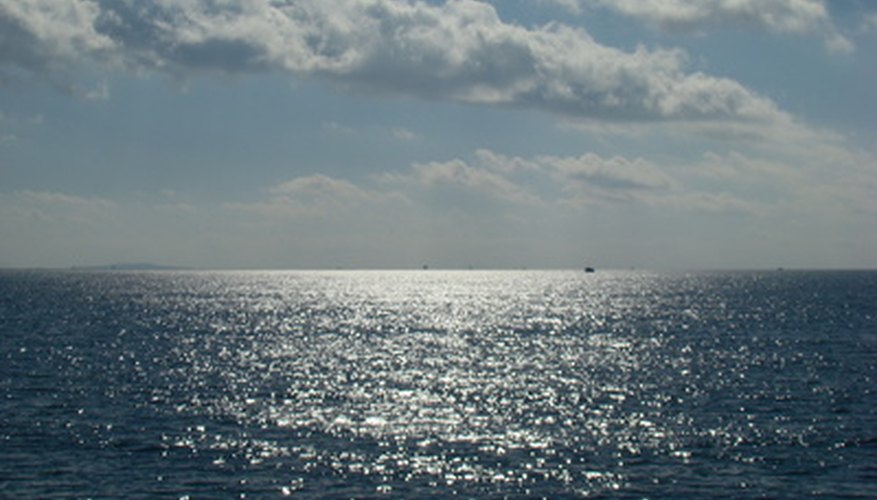Saltwater by itself is odourless. Instead, it's the stuff in the saltwater that gives the ocean its characteristic briny scent. But it was only recently that scientists discovered the full story of the ocean's smell. Now you can replicate this scent in your home and puzzle any guests who may not be expecting the smell of the sea indoors.
- Saltwater by itself is odourless.
- Now you can replicate this scent in your home and puzzle any guests who may not be expecting the smell of the sea indoors.
Buy a container of dimethyl sulphide. Dimethyl sulphide is the key component in the smell of the ocean and is available through chemical distributors, although it can be hard to find. It is not practical to synthesise your own at home.
Stir two rounded tablespoons of sea salt into one quart of water in a large bowl.
Add a couple of drops of dimethyl sulphide. Stir well.
Pour some of the mixture into a mister or spray bottle and spray a little mist into the air. Smell it to see if it evokes the ocean. If it smells neutral, stir in a couple more drops. Repeat this process until you get a subtle sea smell.
- Stir two rounded tablespoons of sea salt into one quart of water in a large bowl.
- Pour some of the mixture into a mister or spray bottle and spray a little mist into the air.
Use the mister to freshen the air in your home with hints of the sea. You can also place the mixture in its liquid form in front of a fan or vent to help it circulate.
Try adding the mixture to a humidifier. The humidity of ocean air is another of its characteristic qualities, and the smell may seem more authentic if your skin detects the moisture.
TIP
The other key chemical in sea smell, dictyopterene, is not commercially available and is impractical to synthesise at home, so your homemade mixture will not be a perfect replica. If it seems lacking, try adding a few drops of iodine and more sea salt.
WARNING
Dimethyl sulphide smells foul in high concentrations and is actually dangerous to inhale when it is that concentrated.
